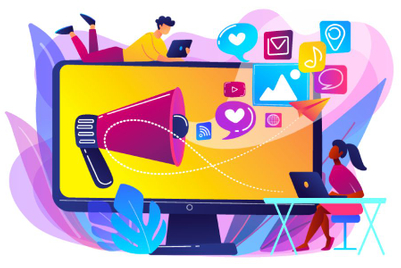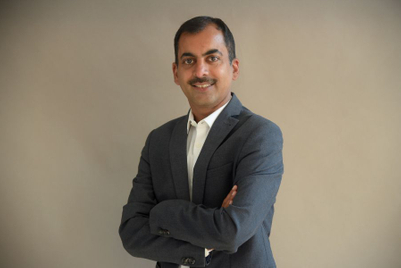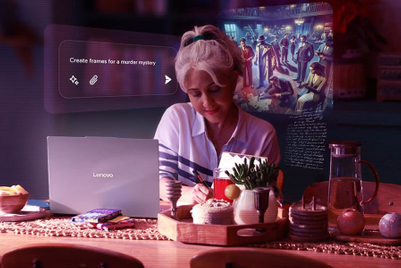In a move that could assuage some of the vitriol in the ad blocking debate, Adblock Plus plans to release a new offering early this summer that will "reward content that is good, content that users like," according to Ben Williams, head of operations at the company.
Details are still vague, but in an interview after the "We’re Not Gonna Take It: Ad Blocking and User Revolt" panel at the first day of SXSW Interactive 2016, Williams said the new release could push platforms to reduce their reliance on ads for revenue. "In an ideal world, you wouldn’t have to just advertise to monetise your content. There would be a suite of possibilities to monetise good content, and advertising would just be one of those."
Judging from the testy exchanges between Williams and other panelists, publishers and brands are skeptical. The existence of ad blockers is a shift in the model that’s lasted for "a hundred years," said Lewis DVorkin, chief product officer at Forbes Media.
DVorkin was combative during the panel, pointedly telling Williams that some people in the industry call the Adblock Plus Acceptable Ads program "blackmail." Acceptable Ads whitelists ads that meet specific viewability criteria, and the company charges advertisers that generate over 10 million impressions from the service.
Williams countered that reducing the number of ads served to consumers can help advertisers, and could actually be good for brands and publishers. "When there are fewer ads online, the quality conceivably could go up," he said. "The amount of tags and data trackers and everything else that ads are stuffed with could also be reduced."
He also downplayed apocalyptic warnings as hyperbole. Ad blockers are favored by young, tech-savvy consumers who like customising their media environments. There’s a natural saturation point for adoption, Williams said, citing Poland, which has the highest levels of ad blocking in the world, just under 30 percent.
But despite their differences, the panelists did agree that ad blockers are causing some necessary changes in the way ads are created and distributed.
DVorkin presented data Forbes gathered over the last year, when the media outlet experimented with denying content to users of ad blockers. While the move garnered plenty of "hate mail," DVorkin said, 5.4 million people either turned off their ad blockers or whitelisted the Forbes site, at least temporarily – a 40 per cent conversion rate.
Forbes also surveyed ad blocking readers and found their top concern was "annoying ads," cited by 38 per cent of respondents.
"It’s partly our fault that we’re in this situation," said Marjorie Gray, digital brand manager at the satellite television provider Dish Network, blaming a blind faith that consumers would remain loyal to a brand that "just keeps creating ads that people will enjoy."
To combat ad fatigue, Dish Network is focusing on targeting and programmatic buys so people don’t repeatedly see ads that won’t move them. "It’s one thing to spray and pray," said Gray, but the company is trying to understand potential customers’ media consumption in more detail so "we’re not just hammering them with ads."
The agency model wasn’t spared, either. "The incentives for the agencies have to be aligned" with consumer interests, DVorkin said. "They’re aligned now to produce one great ad that you send out a trillion times."
That’s a recipe for winning awards at Cannes but doesn’t help advertisers, added panel moderator Rob Griffin, chief innovation officer at digital agency Almighty and a former EVP at Havas.
For his part, Williams admitted that ad blocking isn’t as useful to consumers or brands as it could be. "Ad blocking developed as a blunt tool," he said. "It needs to be less like a baseball bat and more like a scalpel.”
But after the panel, he dismissed complaints about ad blockers in general as regressive. "People will sneer and say, "Oh, we need to continue making ads the same way we’ve made them forever,’ and that’s just tunnel vision. There’s going to be a few different creative solutions out there, and people are going to look back and say the cliché, ‘Why didn’t I think of that?’ It’s going to happen."
Maybe even this summer.
(This article first appeared on CampaignLive.com)




.jpg&h=334&w=500&q=100&v=20250320&c=1)
.jpg&h=334&w=500&q=100&v=20250320&c=1)


.jpg&h=334&w=500&q=100&v=20250320&c=1)


.jpg&h=334&w=500&q=100&v=20250320&c=1)

.jpg&h=334&w=500&q=100&v=20250320&c=1)


.jpg&h=268&w=401&q=100&v=20250320&c=1)
.jpg&h=268&w=401&q=100&v=20250320&c=1)
.jpg&h=268&w=401&q=100&v=20250320&c=1)

.jpg&h=268&w=401&q=100&v=20250320&c=1)

